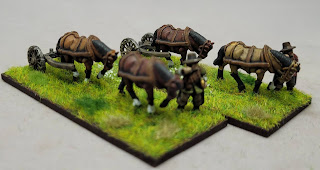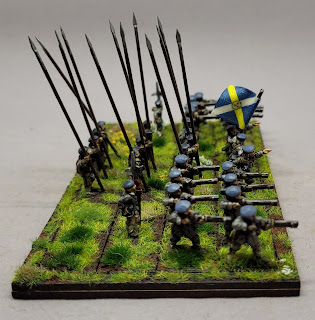‘Lett no woman presume to counterfeit her sex by wearing mans apparall'
No Monday post this week; in celebration of International Womens' Day let us investigate some more women of the Wars of the Three Kingdoms. But first, a little about the title of this post...
The longest post title on the blog award goes to this one, courtesy of His Majesty Charles I.
In 1643, a draft proclamation was drawn up, setting out required standards of behaviour for Charles I’s army. It included a hand-written memo in the margin from the king stating:
‘lett no woman presume to counterfeit her sex by wearing mans apparall under payne of the severest punishment.’
For balance, I toyed with a different title, courtesy of Old Knoll
'a youth of so fair countenance'.
So far, on the blog, we have already met some strong women: Captain Frances Dalziel/Dalyell/Dalzell (alias Mrs Pierson); Trooper Jane of Ripley Castle; and the Countess of Derby resolutely defending Lathom House. It's about time we met some more...
Cromwell's 'youth of so fair countenance' was a member of the garrison captured at Andover; this prisoner was supposedly a soldier of Lord Percy's Regiment of Foot.
'A youth of so fair a countenance, that he doubted of his condition; and to confirm himself willed him to sing; which he did with such daintiness that Cromwell scrupled not to say to Lord Percy, that being a warrior, he did wisely to be accompanied by Amazons: on which that Lord in some confusion, did acknowledge that she was a damsel.'
The poetry of Anna Matilda Printed from an Original Manuscript Written by Sir William Waller (London: John Bell 1788) quoted in The Armies of Sir Ralph Hopton by Laurence Spring (Warwick: Helion Books 2020)
This 'youth of so fair countenance' was in fact Lord Percy's mistress who was in disguise.
The Evesham Soldier: the Scottish Dove reported in December 1645 that a Parliamentarian soldier had been unmasked as a woman while buying petticoats in the town. The soldier had originally claimed that the garments were for 'his' sister. Further investigation uncovered that she’d been fighting alongside three other women, “resolved to serve in the war for the cause of God,” according to the newsheet.
The final tale relates to Anne Dymock. Anne followed her love, John Evison to war in the late 1650s; dressing herself as a man and pretending to be John's brother 'Stephen'. The pair are alleged to have fought alongside one another before leaving the army, and returning to civilian life. John died in 1657, Anne would adopt John's name and enlist in the New Model Army, serving in the Ayr garrison. Alas, her disguise was not good enough and her position would be found out. Her commanding officer , Colonel Roger Sawrey is recorded as saying
"could not see anything but modesty from her when she was with us. Her work as a soldier was satisfactory"
.JPG)
.JPG)










Comments
Post a Comment